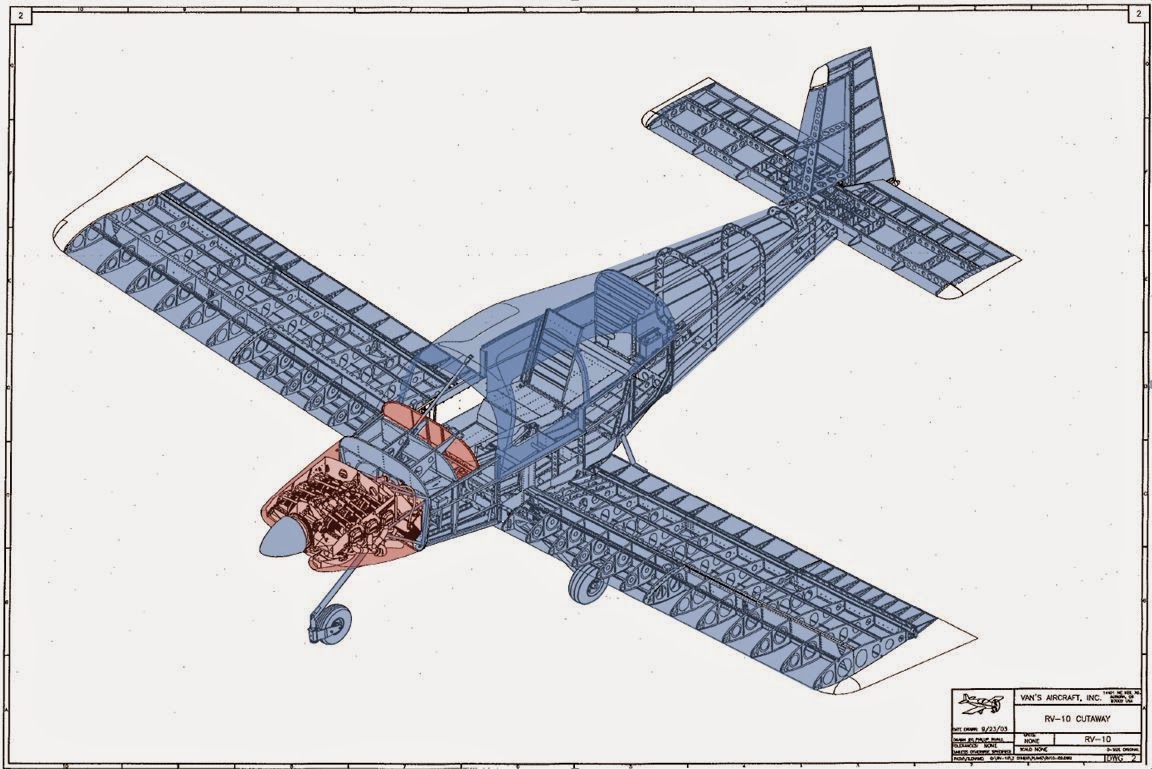Catching up on posts still.
The filtered airbox at first seemed like it was going to be a lot of headscratching trying to figure it all out since the instructions are a bit lacking in the information department. But after I saw some pictures of what the end product was supposed to be it became pretty easy.
First I fluted the metal top to match the fiberglass bowl.
I then clecoed it in place allowing the filter sit just a little above the top so it would be completely closed out when I screwed the top plate into place.
I unbolted the closeout panel for the throttle body and let the little bit of oil drain out. Then I temporarily installed the throttle body in place for all the fitting. I didn't do a permanent install since it will have to come back off again when I fully drain the storage oil. The picture shows what is pretty close to the final install. You can see the cut out on the side that is required to clear the arm of the throttle. Pretty simple stuff. Cut the clearance out and match drill.
The air intake in the lower cowl has to be extended inside to meet up with the FAB. So they supply a foam block to help create the extra internal lip. I cut down the block to fit inside the lower cowl.
You're supposed to use the block to form the internal extension. This is a pic of the foam block in place with the lower cowl installed. You do need to trim the front of the FAB to allow for clearance of the lower cowl.
I then started carving out the inside of the foam block to make a "tunnel" from the lower air intake to the front of the FAB.
This produced a ring like this. ....this story will continue later....still working on this part.
I want to able to open and close the alternate air door (stock design only allows you to open and not close) from inside the cockpit. So I cut out my hole in the bottom of the FAB and then using a scrap piece of aluminum (taped up for a release agent) formed what will become a track for the air door to slide back and forth in. I also fiberglassed my drain tube in place.










































